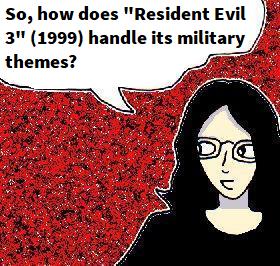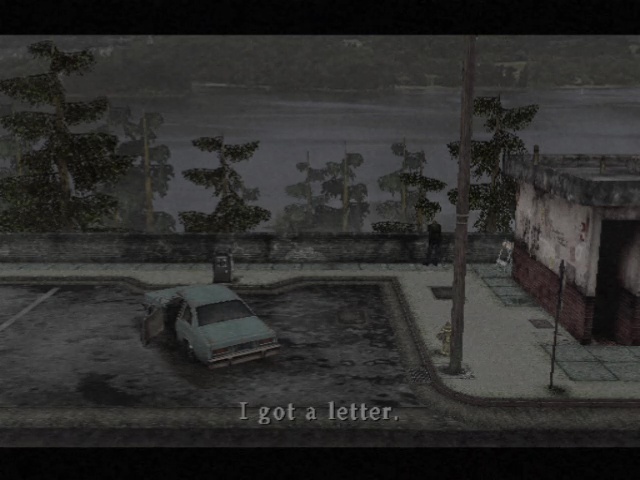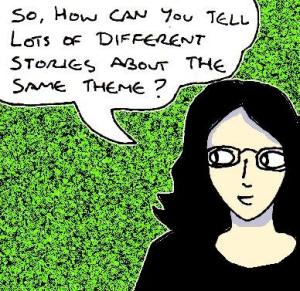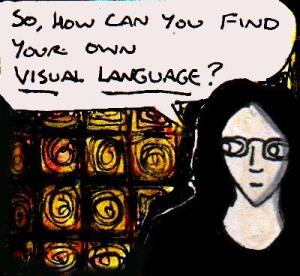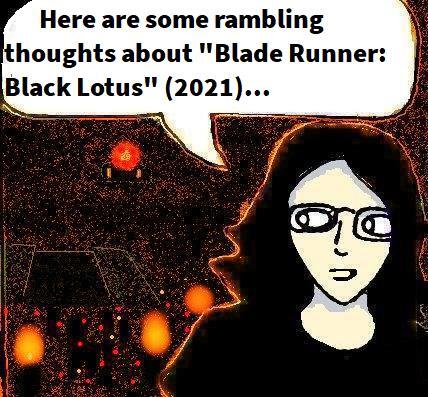
Well, to my surprise and delight, I actually got a chance to watch the cyberpunk sci-fi TV series “Blade Runner: Black Lotus” (2021) early last November 🙂 Although I’m usually very cynical about “streaming services”, one of the few exceptions I make to this are free ones that are run by established TV channels.
Anyway, I was delighted to find that Channel 4 had the show on their “All 4” service last year (alas, no UK DVD release though 😦 ). And, whilst this article isn’t really a “proper” review of the show – I’ve written way too many reviews recently… – I felt like writing down my thoughts about it in comparison to the films.
This article may contain mild-moderate SPOILERS.
(On a side note: Whilst I’ll make some criticisms here, I still enjoyed “Blade Runner: Black Lotus” a lot. If you’re a fan of the films, and can keep an open mind, then you’ll probably enjoy this spin-off show. I certainly did, even if it took a few episodes before it really started to grow on me.)
“Blade Runner: Black Lotus” is a 13-episode anime series, set in a retro-futuristic version of the early-mid 21st century. The story takes place between the events of the live-action films “Blade Runner” (1982) and “Blade Runner 2049” (2017). It focuses on a mysterious woman called Elle who wakes up in the back of a self-driving lorry with no memories and a strange gadget. The lorry is heading towards the dystopian, neon-lit streets of Los Angeles, and Elle hopes to find some answers – and perhaps some justice – there…
Unusually for an anime, this series uses 3D CGI animation rather than 2D animation. Whilst it would be very easy to criticise the quality of the CGI, it grew on me a lot as the series progressed. Given the retro-futuristic setting, using late 1990s/early-mid 2000s-style CGI in a modern TV show fits in with the ethos of the series surprisingly well. If nothing else, it reminded me a lot of the cutscenes in the 1997 “Blade Runner” computer game. Plus, the series gets the small visual details and the overall aesthetic of the series perfectly right too. It might look like an early PS3 game sometimes, but the “world” of the series still actually feels like “Blade Runner” 🙂
What is most interesting about it though, and why I wrote this article, is that it is surprisingly different in terms of pacing, mood and genre to the two “Blade Runner” films. If you haven’t seen them, both are slow-paced cerebral sci-fi films which explore all sorts of complex themes (eg: humanity, authority, free will, morality, exploitation/greed, mortality etc...).
On the other hand, “Blade Runner: Black Lotus” is much more of an fast-paced action-thriller series. Yes, it explores some of the “world” and themes of the series, but it primarily tells a gripping, and surprisingly streamlined, fast-paced thriller story… with a lot of cool-looking and elaborate “action movie” fight scenes in it. This alone makes it very different to at least one of the films.
In the original “Blade Runner” (1982), violence was deliberately presented as ugly. The film’s relatively few fight scenes are always shown to be cruel or unfair in some way. The pain and brutality of what happens during them is also heavily emphasised too. It is a criticism of violence, a way of presenting it as inherently evil.
“Blade Runner” (1982) also shows the emotional effects that violence has on the characters too – whether it is Deckard’s cold personality, Rachel’s reaction to firing a gun, Leon becoming the type of bully he hates, Pris’ terrifying scowl of rage, Roy’s animal-like howling etc… In this film, violence is an evil that corrupts and distorts anyone who comes into contact with it. In contrast to the dystopian society of the film, it does not discriminate between humans and replicants. Both are shown to be equally damaged by either inflicting and/or suffering violence.
The film’s “ugly” violence was also perhaps a hat-tip to the old “film noir” movies and hardboiled detective novels which were an influence on the film too. These were stories and movies that tried to present crime in a more realistic way – and, as such, the “ugliness” was literally the whole point. Violent crime is, by its very nature, an ugly thing.
The slower pacing in the two “Blade Runner” films is also there for several good reasons too. First of all, it gives the audience a chance to absorb the atmosphere and and to actually think about everything in the films too. Again, these are films with a lot of complex themes and subtle details which aren’t always immediately noticeable. You can watch the original “Blade Runner” film five times and still notice new stuff in it.
Secondly, in both films, the slow pacing also sets the mood too. These are melancholy downbeat films and the relative lack of whizz-bang action, especially in the first film, reflects this mood. Not only that, one of the major themes of the two films is that they try to tell “realistic” stories set in a futuristic world. Real life is rarely as fast-paced or thrilling as an action movie. So, yes, the films had some good reasons for their slow pacing.
As such, including lots of thrilling highly-stylised “action movie” fight scenes and fast-paced thriller stuff in “Blade Runner: Black Lotus” (2021) was an… interesting.. departure from this tradition. I’m really in two minds about this element of the series.
On the one hand, the fight sequences are surprisingly well-choreographed and animated, not to mention that they are sometimes used for subtle characterisation in various ways too. More importantly, they also reflect the fact that the main mood of the TV show’s story is one of anger – it’s a revenge story, as much as it is a detective story. The more aggressive pacing does represent the main character’s emotions surprisingly well.
On the other hand, the TV series tries to “have it both ways”. There is some angst-ridden brooding about moral ambiguity, some discussion of free will, some melancholy moments, some scenes where the characters are exhausted or injured etc… Yet, they often just recover from this and carry on regardless. There’s even a dialogue line about it in one episode. Likewise, although the main characters are morally-ambiguous, they are also contrasted with cartoonishly evil villains… who make them almost seem like traditional “good guys” in comparison. Seen in comparison to the two films, it seems like “Blade Runner lite”.
However, on it’s own merits, all of this stuff works surprisingly well. And this is perhaps the most important thing about “Blade Runner: Black Lotus”. It should be seen on its own merits. Yes, there are a lot of references to the films – and knowledge of them helps a lot whilst watching it – but it is clearly meant to be something different from them.
This is perhaps also shown by the fact that the series takes a slightly different perspective to the films. Yes, it still fits into the detective genre to an extent – but the “official” detectives are side-characters here. The main character is on a search for answers and for revenge, and the series’ style reflects this different perspective. It isn’t a melancholy police procedural set in a futuristic world, but an angry thriller story set in that world. It’s a subtle change, but it explains a lot about the different creative choices made in the show.
So, yes, it’s very different to the films that it is based on, but it is still a really interesting show on its own merits. Again, it grew on me a lot after a few episodes. If you are a fan of the films and you can keep an open mind about it, then it is definitely worth watching.
—————–
Anyway, I hope that this was interesting 🙂
